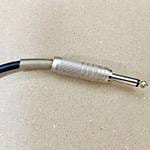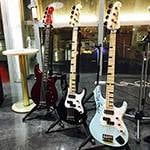Introduction
Hello!
In modern music, there are countless genres, and composers often use instruments typical of a genre—or sometimes unexpected ones—to add depth and color to their compositions.
But is an instrument absolutely necessary to create music? The answer is… NO. There are forms of music created entirely using everyday sounds and environmental noises. Today, let’s explore this type of music, which I’ve dubbed "Foley Music," and learn how to practice it.
So, what exactly is "Foley"? It refers to the process of adding sounds like footsteps, rustling clothing, or the wind to complement visuals in films and other media. "Foley Music" is an experiment in creating music using these kinds of environmental sounds as the building blocks.
Collecting Materials
Now, let’s start by gathering the environmental sounds that will form the foundation of your music. There are two main ways to do this:
Let’s go through each method in detail.
1. Recording the Sounds Yourself
Our everyday environments are filled with a wide variety of sounds. Recording these sounds yourself ensures their uniqueness, making them an essential element for adding originality to your music. Whenever possible, aim to use this method to gather materials.
Here are some examples of sounds I personally recorded for this project. These recordings were later transformed into elements like hi-hats or shakers in the composition.

To record sounds, you can use not only microphones but also handy recorders or smartphones.
If you’re capturing sounds from portable objects or close-up sources, using a microphone is a good option. A condenser microphone, in particular, excels at accurately capturing the nuances of ambient sounds. However, it requires an audio interface, which might make it less practical for outdoor recording.
For field recording, a handy recorder is highly recommended. That said, I don’t currently own a handy recorder. Instead, I’ve got my eye on this alternative!
The ZOOM H1n Handy Recorder is a highly versatile device offered at a budget-friendly price under 10,000 yen. Despite its affordability, it boasts features such as high-quality 24bit/96kHz recording and a 2-in/2-out audio interface function. Being a product of a Japanese manufacturer, it also comes with reliable customer support.
If you don’t have a handy recorder, you can easily use a smartphone to record sounds. In fact, I recorded several sounds for this project using my phone. Since you don’t need to purchase new equipment, you can start right away!
Field recording is an accessible activity for anyone, but one crucial point to remember is copyright compliance. Copyright issues can arise not just with music but also with other sounds, like mobile ringtones. Using recorded ringtones without permission risks copyright infringement.
As an aside, hip-hop often involves sampling and reworking portions of existing tracks to create something new. While this is a highly creative approach, using someone else’s work without authorization can lead to copyright violations. This is why "sample packs," which offer cleared rights for sampling, have become very popular.
Returning to the main point: when using recorded sounds, always confirm that they don’t infringe on someone else’s copyrights. Take care to avoid unintentional violations when incorporating recorded materials into your projects.
2. Using Free Sound Resources
While it’s ideal to record all the sounds yourself, it’s not always feasible. For example, seasonal sounds like cicadas chirping or footsteps in the snow, or location-specific sounds like church bells or ocean waves, might be difficult to capture. Since the goal here is composition rather than recording, you can rely on free sound resources for such cases.
A quick search will reveal numerous websites offering free sound resources, both paid and free. For this project, I also downloaded a few sounds that matched the theme I had in mind.
When using free resources, it’s crucial to pay attention to copyright rules. Be sure to review the usage terms of the materials and use them in compliance with the regulations to avoid any legal issues.
Composition
Once you’ve gathered your materials, it’s time to start composing. Environmental sounds tend to be mostly percussive and lack defined pitch, so envisioning your composition as building a rhythm or beat might be a good approach.
To arrange your collected sounds into a track, you’ll need to organize them in your DAW. There are two main methods to do this:
- Arrange the Sounds as They Are
- Use a Sampler
1. Arrange the Sounds as They Are
This method involves placing the WAV files directly onto tracks in your DAW. The advantage of this approach is that you can visually see the waveform, allowing for precise adjustments to the start and end points of each sound.
This method is particularly suitable for samples that are used sparingly throughout the track.
2. Using a Sampler
The key advantage of using a sampler is the ability to control sounds via MIDI. This allows you to program and manipulate samples just like any other software instrument. Additionally, it makes it easy to assign pitches to a single sample and play it melodically.
This method works well for samples serving as melodic instruments or rhythmic elements like kicks and snares.
Popular samplers used in digital music production include those bundled with DAWs, software samplers like Native Instruments' KONTAKT or BATTERY, and hardware samplers such as Roland’s SP-404 or AKAI’s MPC series.
For this project, I used IMPACT XT and SAMPLE ONE XT, both included with Studio One.
Mixing
Once your track is complete, it’s time to mix. Compared to standard mixing, you might want to take a more aggressive approach to processing, especially since environmental sounds often require additional work.
If you recorded the sounds yourself, there’s a chance some unwanted noise crept in. Use EQ to tame harsh resonances or cut excessive low-end frequencies.
Since environmental sounds are familiar to listeners, spatial placement is crucial to make the mix feel natural yet engaging. Pay close attention to both the left-right positioning with panning and the front-back depth with volume faders and compression. Human ears perceive sounds with lower volume and weaker attacks as being farther away. Use this principle to create a sense of depth in your mix.
Completion
After following all these steps, the finished track is here: [Insert Link or Description].
Conclusion
The world around us is always filled with sounds. While they may not have the refined tones of traditional instruments, they hold unique value when we consciously tune in to them.
I hope this article inspires you to pay closer attention to the sounds in your environment and discover new creative possibilities.
Thank you for reading!
The “sound & person” column is made up of contributions from you.
For details about contributing, click here.





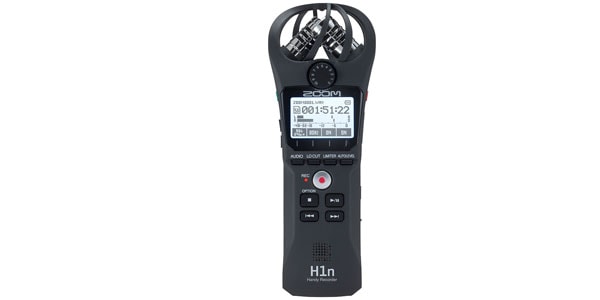


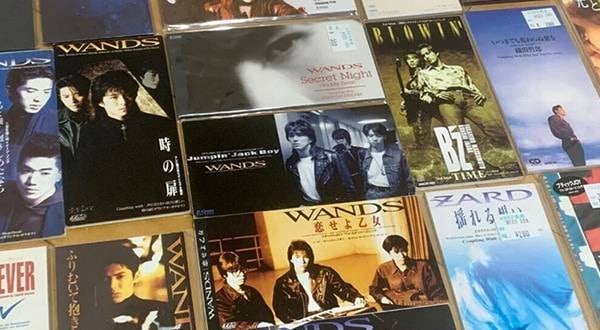

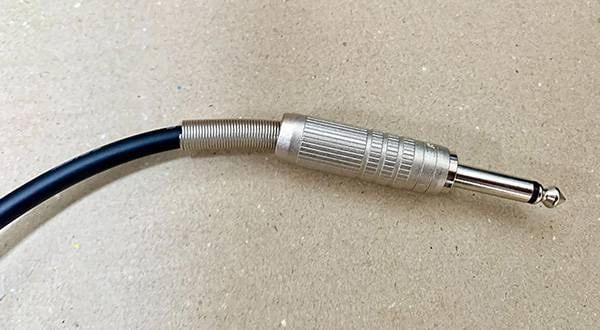

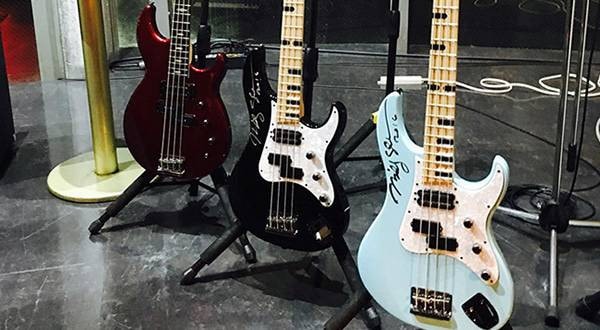
![[2023 Edition] Top 5 Popular Recommended Handheld Recorders Ranking](/contents/uploads/thumbs/2/2023/2/20230202_2_21107_1.jpg)
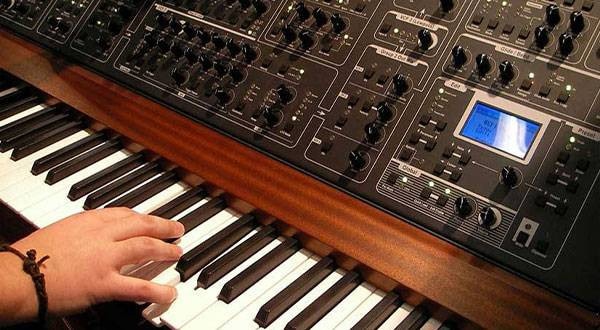

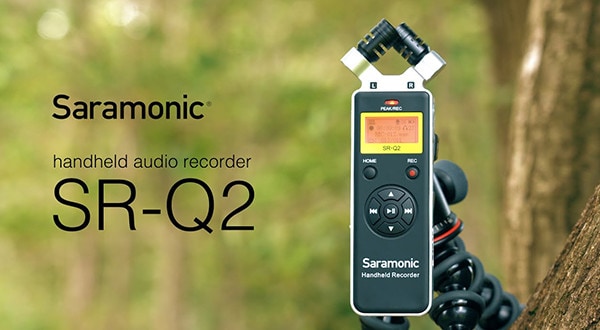
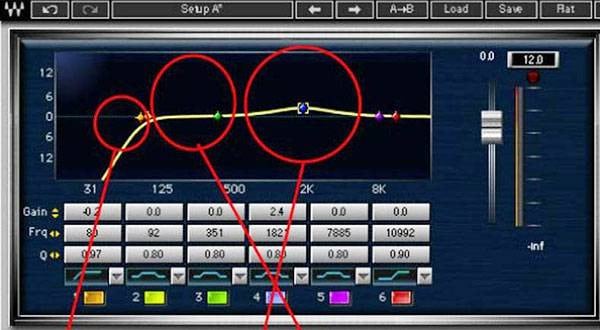

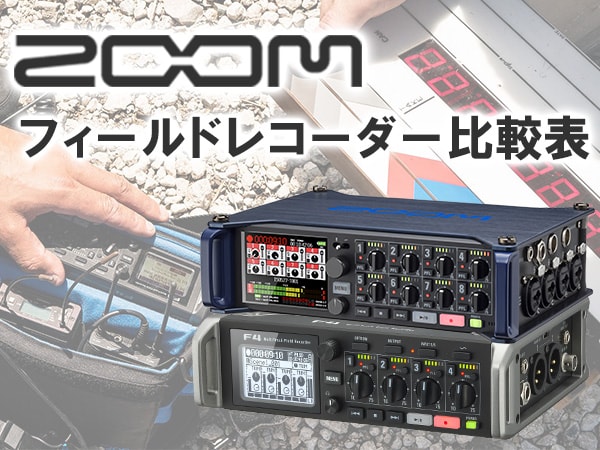 ZOOM フィールドレコーダー比較表
ZOOM フィールドレコーダー比較表
 ZOOMマルチトラックレコーダー Rシリーズ比較表
ZOOMマルチトラックレコーダー Rシリーズ比較表
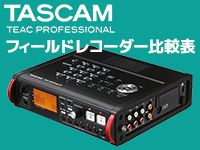 TASCAMフィールドレコーダー 比較表
TASCAMフィールドレコーダー 比較表
 ZOOMレコーダー 比較表
ZOOMレコーダー 比較表
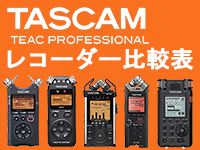 TASCAMレコーダー 比較表
TASCAMレコーダー 比較表
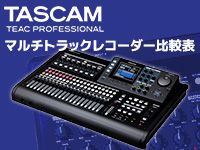 TASCAMマルチトラックレコーダー 比較表
TASCAMマルチトラックレコーダー 比較表


